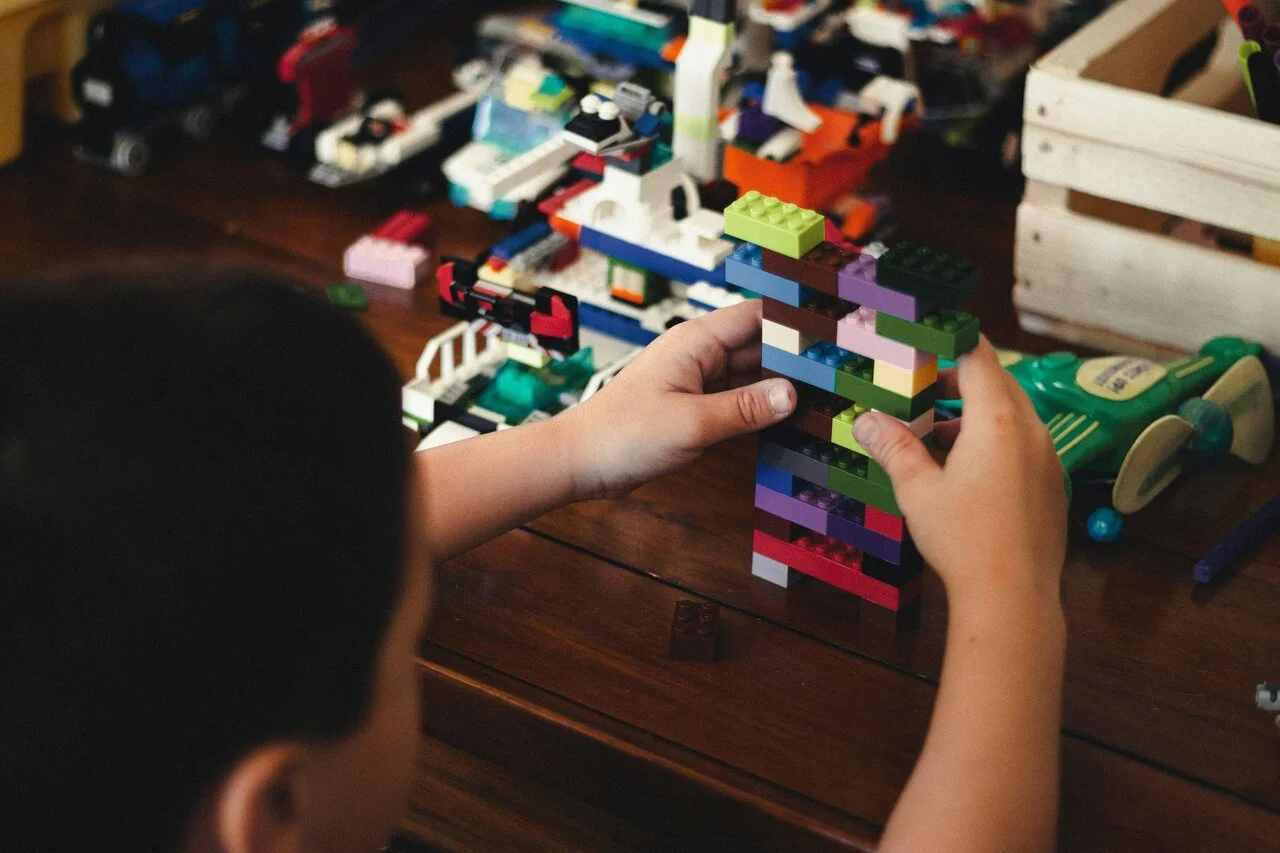The Role of Chiropractic Care in Managing ADHD and Autism in Children
If you're a parent in North Brisbane or for that matter any part of Australia, you understand how challenging it can be to support a child with neurodevelopment-related conditions like ADHD or autism. And, the harsh truth is that these conditions are more common than many realise. Approximately 6 to 10 percent of Australian children are affected by ADHD, while nearly 291,000 Australians are diagnosed with autism, according to national data.
While conventional interventions such as behavioural therapy and medication can be helpful, many families are now exploring holistic, hands-on approaches. One such approach gaining popularity with managing ADHD and autism in children in Australia is chiropractic care. It is not presented as a cure, but as a complementary therapy that may help manage certain symptoms and improve overall wellbeing.
Understanding ADHD and How Chiropractic May Help
ADHD or Attention Deficit Hyperactivity Disorder, is marked by hyperactivity, impulsivity and inattention. These behaviours can affect a child’s ability to focus, learn and form relationships. Increasingly, research is highlighting the link between ADHD and the central nervous system, particularly the prefrontal cortex, which governs executive function and impulse control.
Studies show that people with ADHD often experience:
Dysfunctional somatosensory processing
Poor sensorimotor integration
Deficits in motor control and executive functioning
Chiropractic adjustments, which aim to correct spinal dysfunctions (also known as subluxations), may influence how the brain processes sensory information. The spine is closely connected to the central nervous system and misalignments can interfere with neural communication.
One recent randomised controlled trial explored this connection in depth. The study involved 56 participants diagnosed with ADHD, divided into two groups. One received chiropractic care, while the other received a sham or placebo treatment. The results, measured using the ADHD Rating Scale-IV, were promising:
These gains were maintained at follow-up, suggesting longer-term neurological changes
No significant changes were observed in the placebo group
Researchers concluded that chiropractic care may support children with ADHD by enhancing neural plasticity and modulating activity in brain regions associated with attention and behaviour, particularly the prefrontal cortex.
Real-life Experiences from North Brisbane
Beyond the research, families in areas such as Chermside are observing meaningful improvements in their children’s behaviour and wellbeing through chiropractic care. One notable case from the Kentuckiana Children’s Center involved a six-year-old boy diagnosed with ADHD. He had been prescribed 30 milligrams of Ritalin daily to manage symptoms including excessive talking, impulsivity and difficulty remaining seated. Despite these challenges, the child was recognised for his above-average intelligence.
His personalised treatment plan incorporated several complementary approaches. These included chiropractic adjustments (initially performed twice a week), cranial therapy and a tailored program of nutritional support and supplements. This holistic strategy aimed to support his nervous system and overall development.
Over the course of six weeks, his caregivers began to notice clear improvements. He became more focused and more capable of following instructions. A thermal scan revealed improved balance within his autonomic nervous system, suggesting better regulation of internal processes. Feedback from his teachers and even his bus drivers indicated noticeable positive changes in his behaviour.
Perhaps most significantly, the child was eventually able to discontinue his ADHD medication altogether. While each child’s response to chiropractic care may vary, this example highlights how a comprehensive, non-invasive approach may provide valuable support for families seeking alternatives to medication.
See also: Best Posture/Tips For Jobs Where You're On The Go: Construction
Can Chiropractic Care Help Children with Autism?
Children on the autism spectrum often face complex challenges, ranging from sensory sensitivities and social difficulties to communication delays and sleep issues. While scientific research into chiropractic care and autism is still emerging, some case reports suggest encouraging outcomes.
For example:
A four-year-old boy with autism experienced notable improvements in social responsiveness, language skills and sleep quality following 16 chiropractic sessions over six months. Techniques used included Diversified, Activator Methods and the Thompson Technique.
A 3.5-year-old girl, initially anxious around people, began showing more appropriate social behaviour and improved verbal expression after undergoing Torque Release Technique using the Integrator instrument over 10 weeks.
In both cases, objective improvements were supported by changes in muscle activity symmetry, thermal scan patterns and better scores on the Autism Treatment Evaluation Checklist (ATEC).
While these results are anecdotal, they highlight an important consideration. Children with autism often experience disrupted sensorimotor integration and chiropractic care may support the nervous system’s ability to process sensory input more effectively.
A recent review of available literature found only five studies on chiropractic care and autism. These included three case reports, one cohort study and one randomised trial, confirming the need for more rigorous research. However, the review also noted that chiropractic spinal manipulative therapy is generally considered safe and may help with sensorimotor integration, as shown by somatosensory evoked potential research.
The Bottom Line
Every child is different and no single therapy works for everyone. If you are exploring safe, drug-free options to support your child with ADHD or autism, chiropractic care may be worth considering as part of a broader support plan.
At Tan Chiro in Chermside, our team is experienced in working with children and families navigating neurodevelopmental conditions. We use gentle, tailored techniques and collaborate with parents, teachers and healthcare providers to ensure each child receives the care they need.
To learn more or book a consultation, feel free to contact our friendly team. We are here to support your child’s journey with safe and compassionate care.


